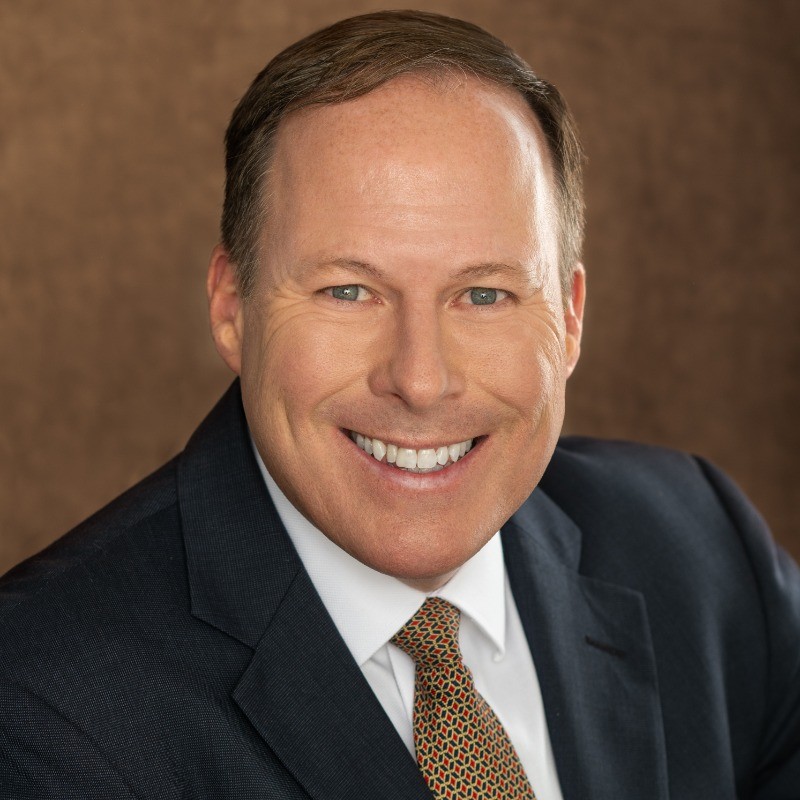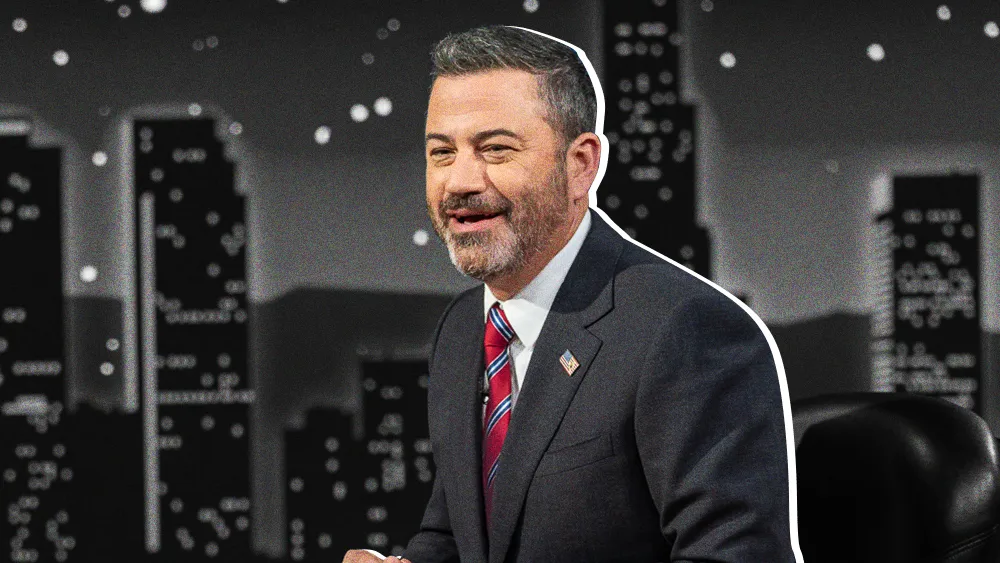When major broadcast groups Sinclair and Nexstar kept Jimmy Kimmel Live! off dozens of ABC stations, it wasn’t just late-night TV drama. It was a flashing red light for the broadcast industry. What started as a political spat over a monologue spiraled into a nationwide blackout, revealing just how fragile the traditional distribution model has become. In an on-demand world where audiences expect instant access, true resilience belongs to those who’ve mastered the streaming-era playbook: redundancy, content velocity, and community.
For an expert's take on the matter, we spoke with Todd M. Schoenberger, Chief Executive Officer of CrossCheck Media Inc.. A former Wall Street hedge fund executive who approaches media with the precision of a risk analyst, his perspective is shaped by years spent turning volatile markets into opportunity. In an industry still clinging to outdated assumptions, the failure of traditional media to adapt is a fundamental misreading of risk, Schoenberger says.
The real threat to any media brand isn’t audience fatigue, he continues. It's a single point of failure. One decision in a distant boardroom can cut off years of audience building in an instant. The more imaginative play, he says, comes straight from Wall Street’s playbook: diversify. "In the investment world, you diversify because you want to spread out and lower your risk. When you create your own show and have multiple distribution lanes, if one of those lanes gets clogged, your audience can still access you. That keeps you alive. You’ve got to have multiple distribution platforms."
Dragging the carriage: Propping up this fragility is an outdated economic model built on carriage fees, Schoenber explains. Here, legacy networks still depend on payments from a few powerful distributors. Independent creators, by contrast, build resilience by monetizing audiences directly, he says. "Jimmy Kimmel gets a paycheck. He’s not tied to carriage fees or advertisers. Look at Tucker Carlson. He leaves Fox, and suddenly, he’s free. Now he’s making his money from ads and sponsors. His job is to build his audience so big that a brand like Coca-Cola says, 'I need access to those 10 million people.'"
Under the FCC's thumb: "The kicker is, on streaming platforms, you’re not bound by FCC rules. Guests can curse, speak freely, be themselves, and the audience loves that raw authenticity. That’s something Jimmy Kimmel can’t do on ABC."
What may seem like chaos with content spread across YouTube, Roku, and podcasts is actually strategy, Schoenberger says. As streaming viewership on platforms like Roku surpasses broadcast TV, reaching audiences means embracing that sprawl rather than resisting it.
All roads lead home: Next, Schoenberger compares his diversified model to an earlier internet playbook. "Back in the blogging days, you’d hit publish and your post would ripple out across every social site. The blog was the hub, the nucleus of your community. Streaming works the same way. Your network is the new blog. You push content everywhere to pull people back home, to your platform, where the real connection happens."
Here, the power comes from the people holding the purse strings: advertisers. As brands chase reach across every screen, they’re losing patience with single-platform risk. Now, they want cross-platform campaigns that guarantee stability. But that leverage only comes from building an audience advertisers actually want, Schoenberger explains.
Show me the audience: "When you’ve built a significant following, that’s when the power shifts. You can walk into a room with advertisers and say, 'Here’s our audience. Here’s our reach. You want in? Then let’s make sure everyone knows your name.'" But the issue isn’t strategy. It’s the culture that’s kept talent too far removed from the business to adapt.
But the separation between creativity and commerce has left many stars unprepared for the realities of running a modern media business, Schoenberger explains. "When Kimmel showed up, everything was done for him: the questions, the teleprompter, the guests. He didn’t have to think about any of it. But move someone like that into an independent model, and suddenly they’re doing all the heavy lifting themselves. In media, you either get it or you don’t." For him, that skills gap also exposes the relentless pace of production. "You build an audience by putting out a ton of content," Schoenberger says. "The goal is around 250 hours of fresh material a month. To get there, you might have to produce double that and cut it down. It’s an incredible amount of content to stay relevant."
Schoenberger closes on a pragmatic note. In his view, losing access to an audience because of a single distribution failure is the media equivalent of setting money on fire. It costs a fortune to win viewers, and once they’re gone, they rarely come back. Instead, his fix borrows straight from the trading floor: lower your risk, spread your bets, diversify. Rather than trying to rebuild the system from scratch, legacy giants partner with faster, more agile media companies to create a shared, more resilient distribution network.

